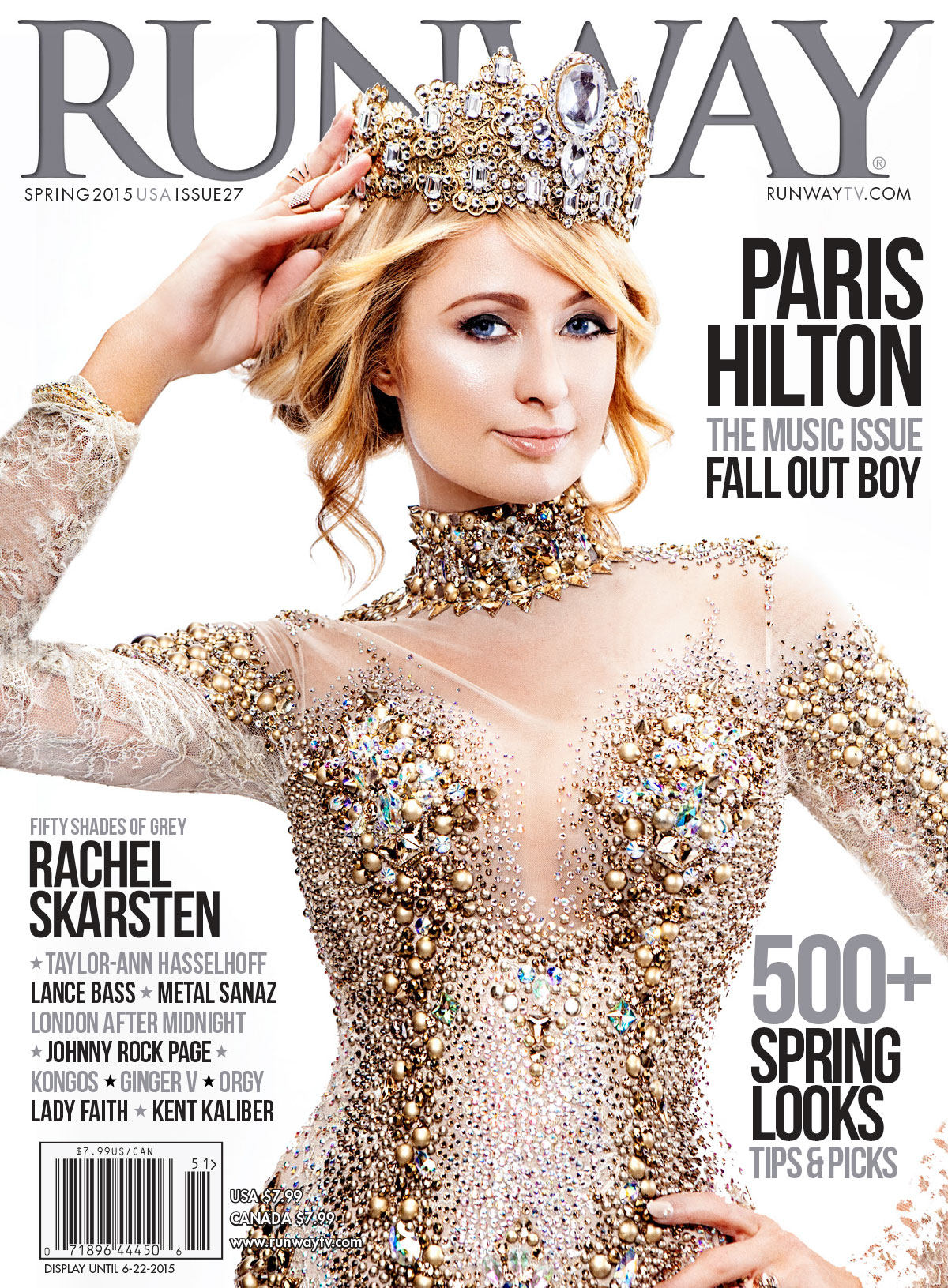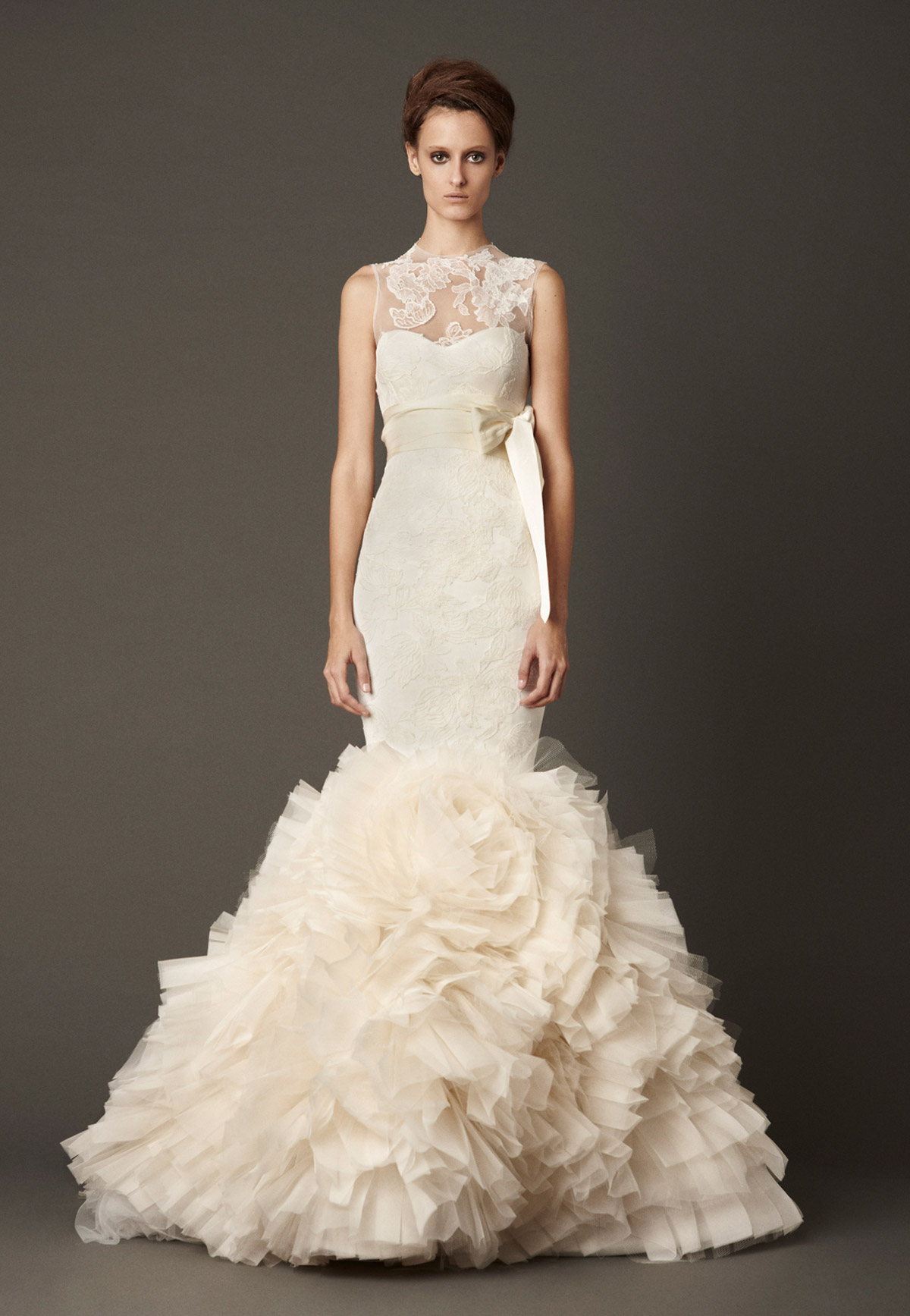Common Mistake When Shopping For That Perfect Wedding Gown
Bringing an Entourage
We know it’s the most important dress you’ll ever wear, and you want to make sure it’s absolutely perfect. But having 10 different opinions makes it much harder to come to a consensus—and it can bring you farther away from what you actually want. “I have always been a believer that the most a bride should bring when dress shopping is two people,” said Cristina DeMarco, of Bridal Reflections in New York, NY.
Most brides do best with just their mom and maybe a sister or best friend, said Debra Lash, of The Wedding Tree in La Crosse, WI. “They generally have the bride’s best interest at heart, not what they want her to wear.”
“When you’re standing there in a big dress, and random people in the store are ohh-ing and ahh-ing and all you want to do is take it off, you’ll need an honest, reliable companion to say, ‘I love it. But it’s just not you.’”
Shopping Too Early
Many couples are opting for longer engagements these days, but don’t start shopping more than 12 months in advance. “The moment a bride starts trying on gowns, she’ll inevitably fall in love with one,” said Lash. “If she’s not ready to buy, it quickly becomes difficult for her. In other words: Do not visit bridal salons until you’re ready to make a purchase.”
It’s important to have the rest of your wedding details in place before you can truly shop for a gown, since many factors can influence the style of the dress. Consider your venue: “An ornate gown with tons of embellishments and a sizeable train might look stunning in a ballroom but completely out of place at a beachfront ceremony.” Also, the colors you choose for your bridesmaids and décor can influence whether you choose white or an off-white shade.
But, at the same time, don’t procrastinate. Most dresses take anywhere from five to eight months to come in, according to DeMarco. You can sometimes place a rush order if you need it in under five months, but it’ll cost you.
Trying On Too Many Dresses
If you’re a fan of Say Yes to the Dress, you’ve undoubtedly seen a bride who’s tried on 100+ dresses without finding the right one. Most brides try on between four and seven gowns, said DeMarco, and shouldn’t try on more than 10, because it can lead to confusion.
Often, a bride is trying on dress after dress because she’s just not ready to end the shopping experience and make a real commitment. “The most common mistake that a bride makes is not purchasing her gown when she finds it,” said Lash. “The danger that befalls her is she becomes overwhelmed and forgets what she originally set out to find. She begins to doubt herself and starts to lose faith in the experience.”
Being Swayed by Steep Discounts
Try not to be too tempted by the lure of your dream designer gown for 70% off. “The biggest mistake I have seen brides make is purchasing a gown online or from a shop for a deep discount ‘only today,’” said Lash.
Sample sales are popular among brides, but you must keep in mind that you are typically truly purchasing just that — a sample: The dress has been tried on by hundreds of brides and could have been torn, stained, or otherwise damaged during the process. Before making a purchase, check the gown very carefully for any damage—and if there’s anything that can’t easily be fixed, put it back. Some brides end up spending hundreds in alterations to fix what’s wrong with the sample when they could’ve found a similar brand new dress for not much more money.
Demanding the Wrong Size
Wedding gown sizes typically run one or two sizes smaller than street clothes, so try not to get hung up on the number. “Do not fixate on the actual size but instead on how your measurements compare to the particular line on the specific designer’s size chart,” said Gesinee of Gesinee’s Bridal in Concord, CA.
Planning on losing weight before the big day? “If I had a nickel for every person I have measured who said they were going to lose weight, I would be rich!” said Lash. Play it safe and order a size that fits your current body. Any dress can be taken in, typically up to four sizes without affecting the look of the dress, but most can only be let out one full size—if that. “You need to be realistic, in case you don’t lose your targeted weight,” says DeMarco.
What happens if your dress doesn’t fit when it comes in? First, don’t freak out and go on a crash diet. “There’s always something you can do,” said DeMarco. “You can order fabric from the designer, add beading, or even put in a new back to accommodate the measurements needed.”































